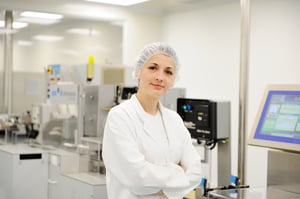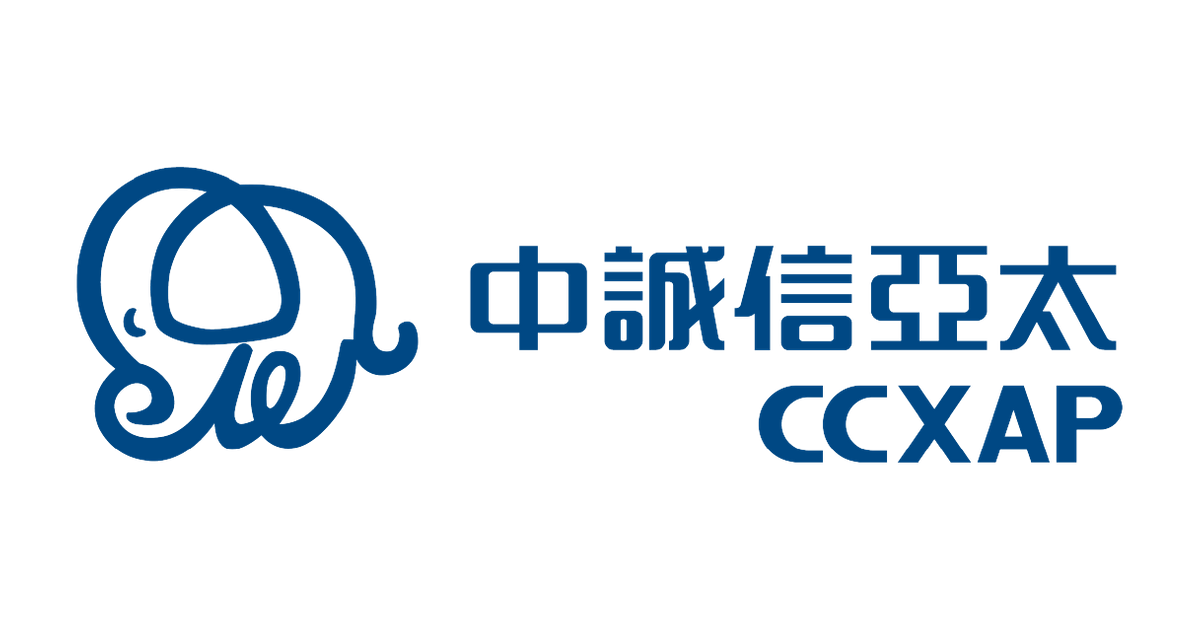Continuous Manufacturing Market to Hit $4.3 Billion by 2035
Technological innovation is at the forefront of continuous manufacturing, enabling real-time analysis and helping to eliminate the chances of errors resulting in failure.

The benefits offered by continuous manufacturing systems have encouraged widespread adoption of these technologies to boost the drug scale-up process to meet the growing demand for therapeutics. According to Roots Analysis, the continuous manufacturing market is experiencing remarkable growth: The market trends in the continuous manufacturing market include rising partnerships between key industrial / non-industrial players and expanding research activities. Notably, since 2018, major players in this industry have made nearly 40 strategic partnerships to expand their existing production capabilities and build a comprehensive portfolio. Several players in the continuous manufacturing market have made considerable investments to expand existing facilities and develop new production platforms. Most of the deals inked between key players of this market emphasized small molecule continuous manufacturing, and 60% of the collaborations were followed by continuous biologics manufacturing. Examples of the leading players enrolled in the expansion initiatives for small molecule drugs are Ajinomoto OmniChem, Axplora, CONTINUUS Pharmaceuticals, Hovione, and Kaneka. According to the Roots Analysis report, several continuous manufacturing market players and technology providers are developing advanced equipment, including continuous coaters, continuous granulators, continuous stirred tank reactors, and analytical technologies to expand production capabilities. In addition to these technologies, innovators are working to develop future innovations to support revenue growth. Some of the future trends that are shaping the industry of continuous manufacturing systems include: 1. Integration of Digital Tools: Digital technology allows the pharmaceutical industry to scale up the production process. Integrating digital technologies such as digital twins and artificial intelligence helps boost clinical trials with real-time analysis; therefore, it bridges the gap between the development and commercialization of drugs. In the future, the continuous manufacturing market will continue to adopt digital technologies such as data analytics software and IoT sensors to optimize the process and improve the control of the production of drugs with real-time data analysis. 2. Automation to Improve Efficiency: Automation software enables companies to perform drug manufacturing tasks more efficiently than a manual workforce. Integrating automation software, tools, and technologies allows companies to streamline the manufacturing process, reduce labor costs, and enhance productivity. Owing to the advantages of automation software and technologies, companies are incorporating robots, automated tools, and technologies to reduce waste by optimizing the use of resources. 3. Microreactors for Precise Control: Microreactors refer to the instruments that enable chemical reactors within capillary channels. The technologies enable precision, control, and optimization of chemical reactions, thereby reducing wastage and enhancing the safety of the drugs. Innovation in the small-scale reactor process helps to improve the production of solid dosage formulation; this is why the continuous manufacturing market emphasizes enrolling microreactors into the process. By leveraging micro-reactors, drug developers can achieve high-quality products and more control over chemical reactors. According to Roots Analysis, the small-scale reactor market is growing rapidly; it is estimated to be worth USD 1.2 billion in 2023 and is anticipated to reach USD 3.9 billion by 2035. It is expected to grow at a CAGR of 8.26% during the forecast period. 4. Advancements in Monitoring and Analytics: The drug development process requires real-time monitoring and analytical reports to maintain the quality of the drug. In order to maintain the supply of drugs in the market, pharmaceutical companies are shifting to adopt continuous manufacturing systems. These continuous manufacturing systems are incorporated with advanced monitoring and analytical tools to ensure quality and precise medicine development. 5. Support from Regulatory Bodies: With the increasing demand for continuous manufacturing processes in the pharmaceutical industries, regulatory authorities such as the FDA are offering flexibility in regulatory guidelines on standard drug development. The FDA supports continuous manufacturing to help meet the current demand for therapeutic drugs in the market. In a nutshell, continuous manufacturing is reshaping the pharmaceutical industry's future, enabling it to speed up the drug development process. As pharmaceutical industries continue to adapt to the latest trends and innovations, the continuous manufacturing market is expected to grow rapidly in the future. The flexibility in the regulatory guidelines for the FDA supported the transition from batch manufacturing to continuous manufacturing. In the future, the continuous manufacturing market will leverage sustainability, artificial intelligence, single-use bioreactors, and novel technologies to enable pharmaceuticals to focus on the development of innovative drugs. For more information, please read the full report Continuous Manufacturing Market, which details this market’s unique dynamics, providing insights into the historical period (2022-2023) and forecasting trends for 2023-2035. Pemba Lahmo is a seasoned professional with a wealth of experience, currently holding the role of Associate Principal at Roots Analysis. With a strong focus on the pharmaceutical and biotechnology sectors, Pemba's expertise has consistently delivered invaluable insights and strategic guidance to clients. Roots Analysis is a global leader in pharma and biotech market research. Having worked with over 750 clients worldwide, including Fortune 500 companies, start-ups, academia, venture capitalists, and strategic investors for more than a decade, Roots Analysis offers a highly analytical and data-driven perspective to a network of over 450,000 senior industry stakeholders looking for credible market insights. All reports provided by this firm are structured in a way that enables the reader to develop a thorough perspective on the given subject. Technological innovation is at the forefront of continuous manufacturing, enabling real-time analysis and helping to eliminate the chances of errors resulting in failure. With the incorporation of continuous manufacturing technology in the pharmaceutical industry, companies can reduce manufacturing costs by 15-30% and power consumption by 40%, according to a recent study by Roots Analysis.
Technological innovation is at the forefront of continuous manufacturing, enabling real-time analysis and helping to eliminate the chances of errors resulting in failure. With the incorporation of continuous manufacturing technology in the pharmaceutical industry, companies can reduce manufacturing costs by 15-30% and power consumption by 40%, according to a recent study by Roots Analysis.5 Major Trends Driving Growth in Continuous Manufacturing
Where to Learn More Information
About Author
About Roots Analysis

 UsenB
UsenB 








![11 Website Page Load Time Statistics You Need [+ How to Increase Conversion Rate]](https://blog.hubspot.com/hubfs/website%20load%20times.jpg#keepProtocol)























